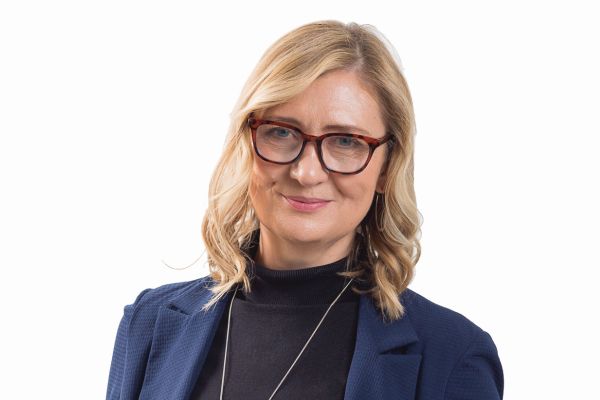From the Editor

I’m almost embarrassed to admit that, until I read Catherine Jackson’s interview with the legendary Irvin Yalom, I wasn’t aware that the world’s most famous living psychotherapist is actually a psychiatrist by profession. Of course, if you’ve ever read any of his books based on his practice, you’ll know Yalom is somewhat maverick in his approach – he has no qualms about self-disclosure and flexing other boundaries such as meeting clients outside of the room. Yet what he creates is exceptional, and he combines a gift for human connection with a talent for writing and storytelling.
For me and, I am guessing, for thousands of other practitioners, reading Yalom’s books provided a beacon of hope during the early years of training, promising that, at some point, all this hard work would pay off in the creation of human connections like no other. It seems that, at the age of (almost) 90, Yalom is still creating those connections. Don’t miss our extraordinary ‘Big interview’ this issue.
Whatever your views about ‘maverick’ approaches, one of the appeals of our profession is that it allows creativity, as this issue of Therapy Today – like every issue – showcases. In our ‘Presenting issues’ feature, Sarah Baker describes using finger puppets and baking equipment to facilitate self-expression in clients suffering from dementia. Ruth Allen, meanwhile, works with nature, body and movement as part of the therapeutic process (‘Analyse me’). And in our ‘Counselling changes lives’ piece, Anupama Garg describes how she wrote poetry as a way of processing and understanding clients’ experiences, then tentatively explored whether it would be helpful – and ethical – to share that work in a therapy session. Her leap of faith paid off with a deepening of the therapeutic connection and a ready reciprocation from some clients to write and share their own poems.
No matter how grounded we may feel in one particular therapeutic model or approach, few of us believe that ‘one size fits all’ in therapy or coaching. Our work, after all, is shaped by our clients’ needs, and no two clients’ experiences and emotions are the same. Most practitioners include a ‘meta’ element to their work, checking in with the client about how the process of therapy is suiting them. But would a structured way of doing this be more fruitful? Professors Mick Cooper and John Norcross think so, and share in this issue a practical and instructive guide to working with client preferences, based on their research. As the authors point out, clients are as much as 50% less likely to drop out of therapy when the treatment matches their preferences.
In every issue, we include a client’s account of their experience of therapy in our ‘It changed my life’ column. This month’s, written by Georgina Lawton, came about after I read a moving piece she’d written for The Guardian about discovering that she wasn’t just ‘dark-skinned’, as her white Anglo-Irish parents had always told her, but was mixed race, the result of her mother’s brief affair with a black man. I am delighted that Georgina agreed to share her experiences of therapy and how it played a pivotal role in helping her come to terms with her fractured identity, process the loss of the man she grew up thinking was her father, and rebuild her relationship with her mother. Don’t miss this extraordinary example of how the facilitated storytelling that is at the heart of all therapeutic work truly has the power to change lives.
Sally Brown, Editor
Main features
Regulars
From the Chair
'As our ‘Big issue’ article this month explores, lockdown restrictions have exacerbated the widespread problem of domestic abuse'
Natalie Bailey on shaping the narrative
It changed my life
‘I saw race as an important factor in my therapy journey’
Georgina Lawton writes our client column
Talking point
Getting to know you: What makes a good assessment session
Dilemmas
Third parties: Our ethics team considers this month's dilemmas
Supervision
How do I find a supervisor and does modality matter?
Analyse me
Ruth Allen speaks for herself
